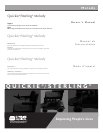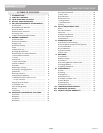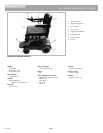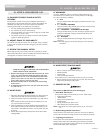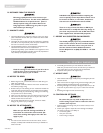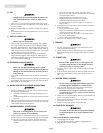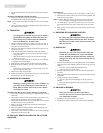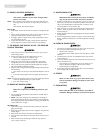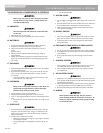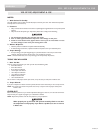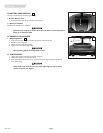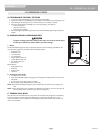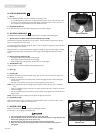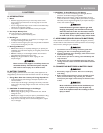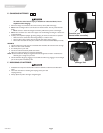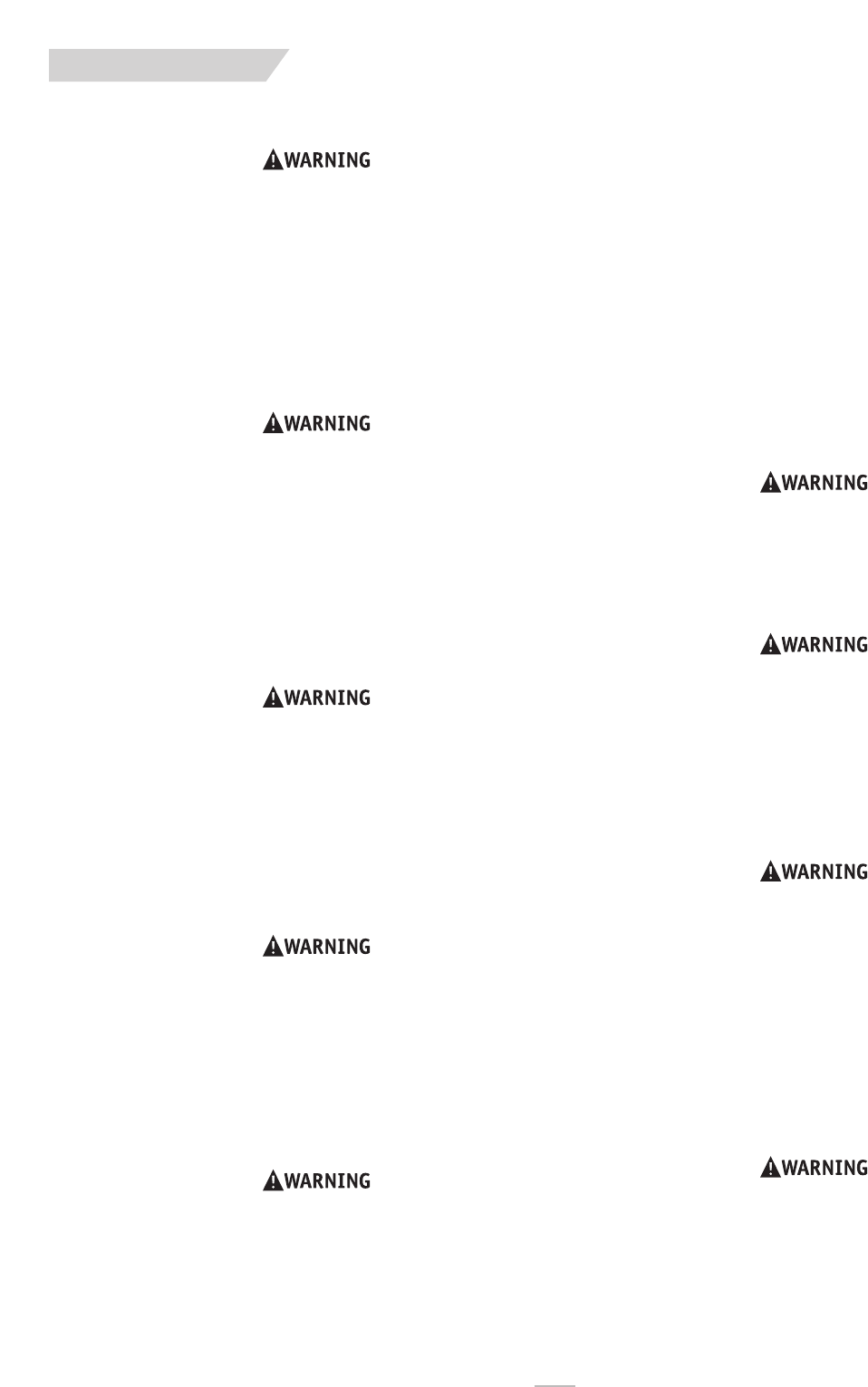
101266 Rev. B
7
ENGLISH
E
. EMI
R
ead Section V to learn about EMI. To reduce the
risk of unintended brake release or chair move-
ment:
1
. Never turn on or use a hand-held transceiver while power to your
chair is on. Use extra care if you believe that such a device may be in
use near your chair.
2. Be aware of nearby radio or TV stations, and avoid coming close to
them.
3. If unintended movement or brake release occurs, turn your chair off
as soon as it is safe.
F. SAFETY CHECK-LIST
Before each use of this chair:
1. Make sure the chair operates smoothly. Check for noise, vibration,
or a change in ease of use. (They may indicate damage to the flat-
free inserts, loose fasteners, or other damage to your chair). If you
detect a problem, make sure to repair or adjust the chair. Deferring
repair or adjustment could increase the risk for injury. Your supplier
can help you find and correct the problem.
2. Make sure batteries are charged. Green lights on the controller
charge indicator will light up when charge is full. Yellow lights indi-
cate battery charge level is getting low. Red lights indicate batteries
are in immediate need of charging.
G. CHANGES & ADJUSTMENTS
Never use non-Quickie/Sterling parts or make
changes to your chair unless authorized by Sunrise.
(Doing so will void the Warranty and may create a
safety hazard).
1. If you modify or adjust this chair it may increase the risk of a fall or
tip-over.
2. Modifications unauthorized by Sunrise constitutes remanufacturing of
the wheelchair. This voids the warranty. The rider then assumes all
future liability for the wheelchair.
H. WHEN SEATED IN A PARKED WHEELCHAIR
1. Always turn off all power to your chair when you are parked, even
for a moment. This will prevent:
•
Accidental movement from contact with the joystick by you or
others.
• Unintended brake release or movement from EMI sources. (See
Section V)
2.
Make sure that persons who help you (for example, store clerks) are
aware of the joystick and do not touch it. If they do, your chair may
move suddenly when you do not expect it.
I. ENVIRONMENTAL CONDITIONS
Your chair is not designed for use in a heavy rain
storm, or in snowy or icy conditions.
1.
Contact with water or excessive moisture can cause an electrical mal-
function. The frame, motors and other chair parts are not watertight
and may rust or corrode from the inside. T
o avoid a chair failure:
• Minimize exposure of your chair to a rain storm or very wet
conditions.
• Never take your chair into a shower, tub, pool or sauna.
• Do not use your chair in fresh or salt water (such as at the edge
of a stream, lake, or ocean).
• Make sure shroud cover and deck lid are secure.
• Replace joystick boot if it becomes torn or cracked.
• Make sure all electrical connections are secure.
• Dry the chair as soon as you can if it gets wet, or if you use
water to clean it.
2. Proceed slowly and use extra care if you must operate your chair on
a wet or slick surface.
• Do so only if you are sure it is safe.
• Stop if one or both main wheels lose traction. If this occurs, you
may lose control of your chair or fall.
• Never operate your chair on a slope or ramp if there is snow,
ice, water or oil film present.
• When in doubt, have someone help you.
3. When not in use, keep your chair in a clean, dry place.
J. TERRAIN
1. This chair is designed for use on firm, even surfaces such as con-
crete, asphalt and indoor flooring.
2. Do not operate your chair in sand, loose soil or over rough terrain.
Doing so may damage wheels, bearings, axles or motors, or loosen
fasteners.
K. STREET USE
In most states, power chairs are not legal for use
on public roads. Be alert to the danger of motor
vehicles on roads or in parking lots.
1. At night, or when it is hard to see, use reflective tape on your chair
and clothing.
2. It may be hard for drivers to see you. Make eye contact with drivers
before you proceed. When in doubt, yield until you are sure it is
safe.
L. MOTOR VEHICLE SAFETY
To date, there is no approved tie down system for
transporting this wheelchair in a motor vehicle.
1. Never sit in this chair while in a moving vehicle. In an accident or
sudden stop you may be thrown from the chair.
• Wheelchair belts are designed to position the rider only
and will not protect you in an accident; further injury may
result from the belts.
2. Always move to an approved vehicle seat. You must be secured with
proper motor vehicle restraints.
3.
Never transport this chair in the front seat of a vehicle. It may shift
and interfere with the driver.
4. Always secure this chair so that it cannot roll or shift.
M. CENTER OF BALANCE
The point where this chair will tip forward, back or
to the side depends on its center of balance and
stability.
The Center Of Balance Is Affected By:
1. The seat height and seat angle.
2. A change in your body position, posture or weight distribution.
3.
Using this chair on a ramp or slope.



